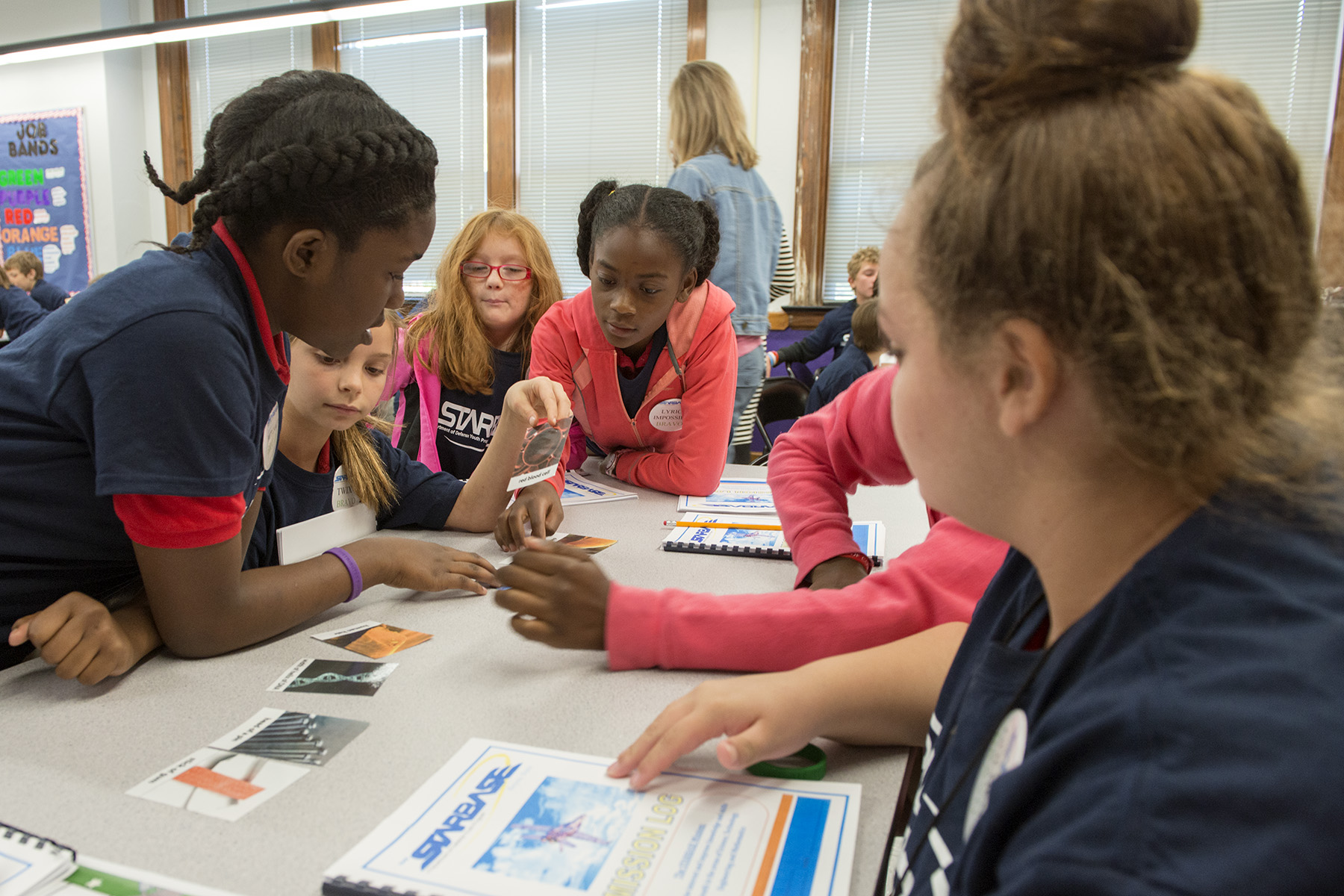Utilize These 5 Different Styles of Learning to Make Lessons Fun
Imagine a classroom and the teacher teaching lessons. It's a situation you've been in before, so it's easy to envision it.
Are all students equally interested in the lesson being taught? Are they all equally engaged? Do they all find the concepts and teaching method fun?
Of course not!
Do you know why this is the case? It's not necessarily because of differences in intelligence and commitment to the studies. It's mostly because the kids in the classroom are prone to different learning styles. Some of them are visual learners, so the verbal presentation of a lesson is not engaging enough for them. Others like taking notes, but they cannot keep up with the pace of the teacher.
From the aspect of a teacher, how can you deal with this? There's no time to cover various teaching methods to meet the preferences of each student. But you can't just show up and go through the lectures without taking the psychology of learning into consideration.
What you can do is an experiment with different teaching styles, so all students in the classroom will get be engaged at one point or another.
Understanding the 5 Major Learning Styles
- Verbal
All lessons include oral presentation, in one way or another. A teacher's words are the primary method of sharing knowledge and explaining concepts. But we're talking about verbal learning style here. Some students need to speak to understand and remember the information you're trying to teach.
Adam Morrison, a writer from UKBestEssays, explains that writing exercises are essential for these students:: "Writing exercises, crosswords, word searches, and other exercises based on writing support the verbal learning style," - he says. "The student writes about the concepts in the way they understand them. These tasks trigger real understanding."
You can also invite these students to speak up if they are willing to. You can ask them questions or even allow them to present the lesson after you're done with it.
- Visual
Students who are prone to the visual learning style want fun pictures, infographics, videos, and other types of visual material to support the lecture. The good news is that you can combine this teaching style with any other, so you'll always meet the needs of these students.
Try to find captivating posters for the concepts you're teaching. You can also create PowerPoint presentations that are not based on words, but on images or even videos. The Internet is full of royalty-free photos and videos you could use in the classroom. If you can't find them, you can create your designs with Canva or a similar tool.
- Physical
This learning style is usually preferred by younger students, who need to see the concepts in their physical dimension. If you're teaching them what a cube is, show them a 3D model instead of trying to draw it on a 2D basis. If you're explaining what an airplane is, show a paper model that looks realistic.
There's a great game you can play with students: put few items in a closed box, let them touch the objects with their hands. They will explain what they feel, and they will guess what the item is.
- Logic
Whenever you're teaching something, connect it with real-life logic. If, for example, you're teaching numbers, make sure your students find the reasoning in the lesson. For example, you can give them an imaginary budget and let them plan the groceries with it. You'll provide a list of groceries with their prices, and you'll ask them how they would spend their imaginary budget for three meals to go through the day.
When you're teaching calculations, explain how they will use this knowledge in real life. Find logical connections with actual situations so that the students will understand the lesson better.
- Aural
Finally, the aural learning style is perfect for some students. They prefer listening to information and speaking answers. The traditional teaching methods work pretty well for them. They will like listening to the lecture, and they will volunteer to answer questions once you're done with the presentation.
To make learning more accessible for these students, you can record lessons and share them, so they can listen while learning at home.
Combine Different Teaching Methods, So All Learners Will Benefit from Your Lessons
You can easily fit in all these teaching methods into a single lesson. You'll give a verbal presentation, and you'll record it, so you'll meet the needs of aural learners. You'll also include visual elements, and you'll use logic to connect this knowledge to real-life matters. You'll show 3D models to engage the physical learners, and you'll invite the students to speak up, so those with verbal learning style can get the type of engagement they need.
The teacher has a challenging task to analyze the learning methods of the students and support the styles that work for different individuals. The best part is that you get to experiment with different teaching approaches, and that's what makes your job fun.
Guest Blogger: Warren Fowler is an acoustic music lover who's passionate about teaching English and blogging. Being a successful ESL teacher, he imposes modern studying techniques on his students, while staying charismatic and attentive. Apart from that, he hikes so often that one can think there's no landscape Warren has missed! You can meet him on Twitter and Facebook.
Search Internet4Classrooms

Custom Search







